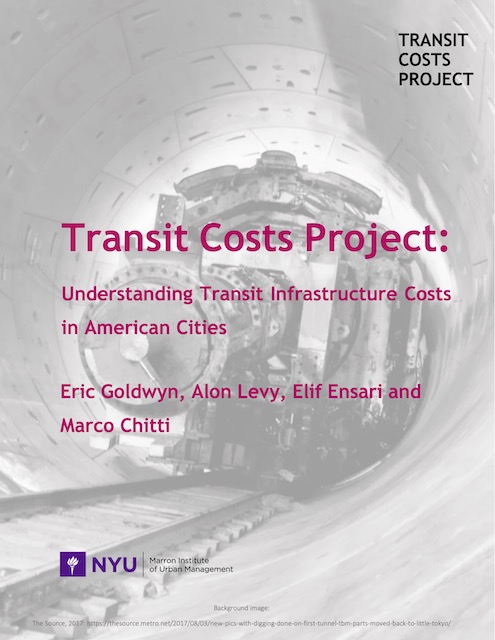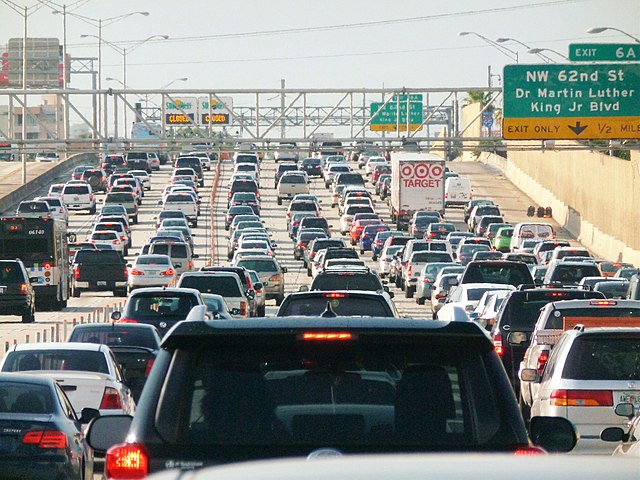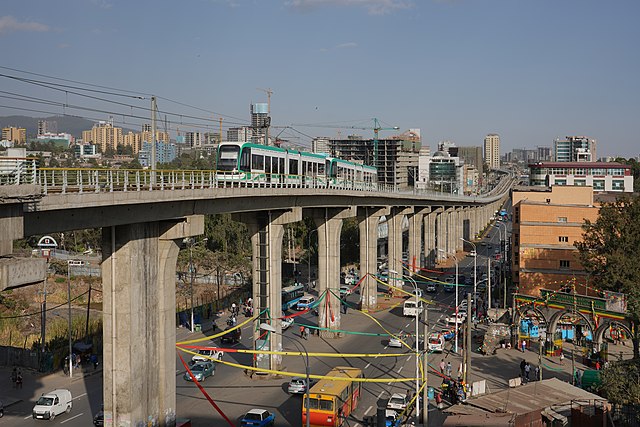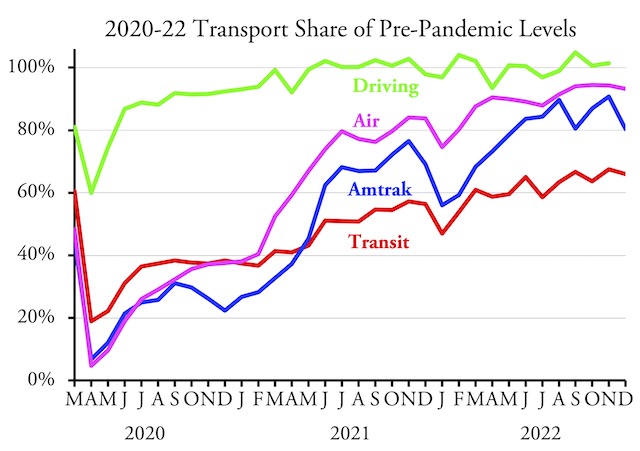New York University’s Transit Costs Project has issued its final report on why it costs so much to build transit infrastructure in the United States. While some of the answers appear reasonable at first glance, the report suffers from the researchers not asking the right questions.
Click image to download a 26.4-MB PDF of this report.
In its review of Boston’s Green Line, the report notes that “Understaffed agencies lacking experience with large capital construction projects struggle to manage consultants.” One result is less than half the costs of the project went into construction; the rest went to pay consultants. We’ve seen that happen with Honolulu and other rail projects as well. Continue reading
















